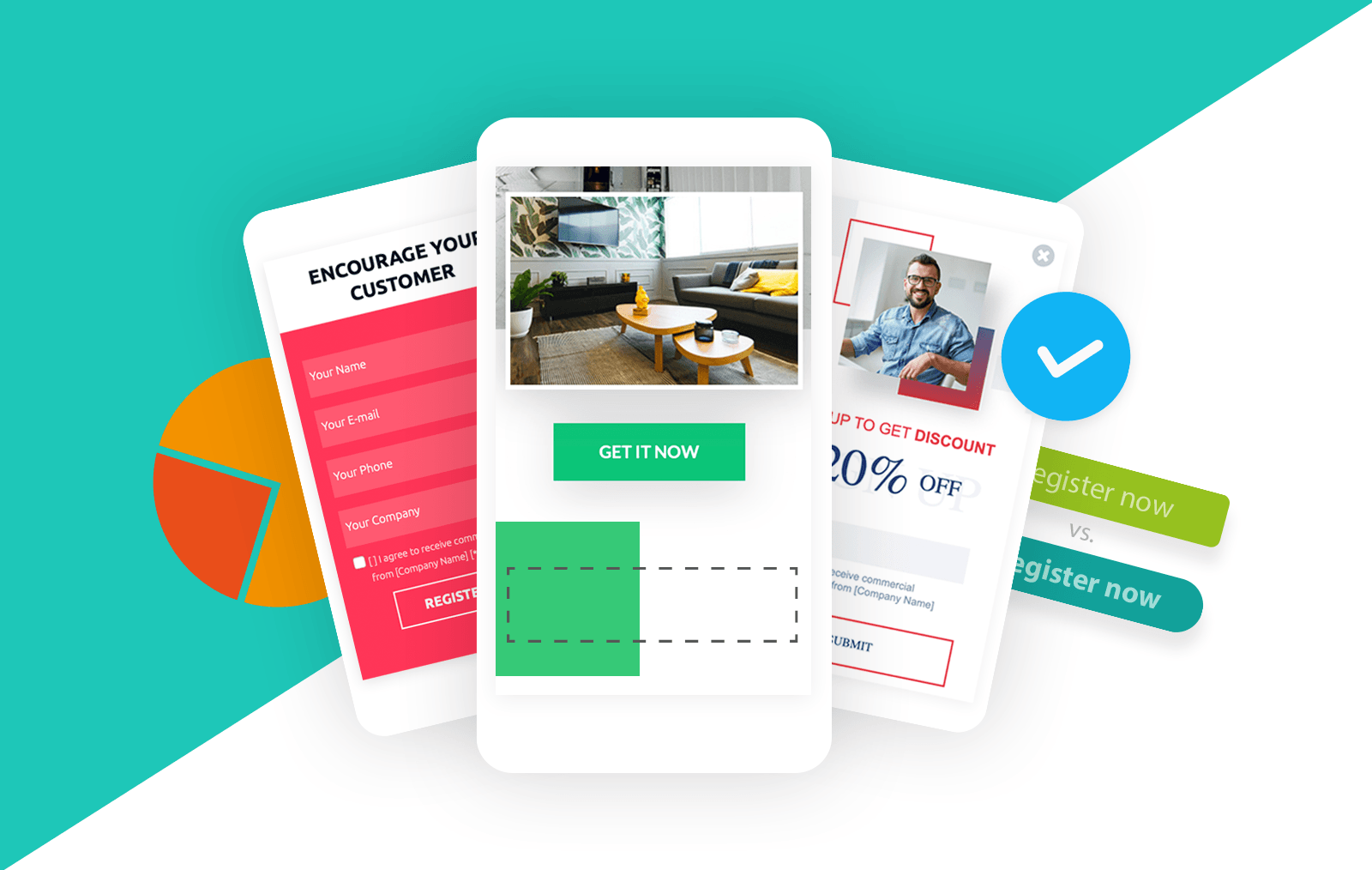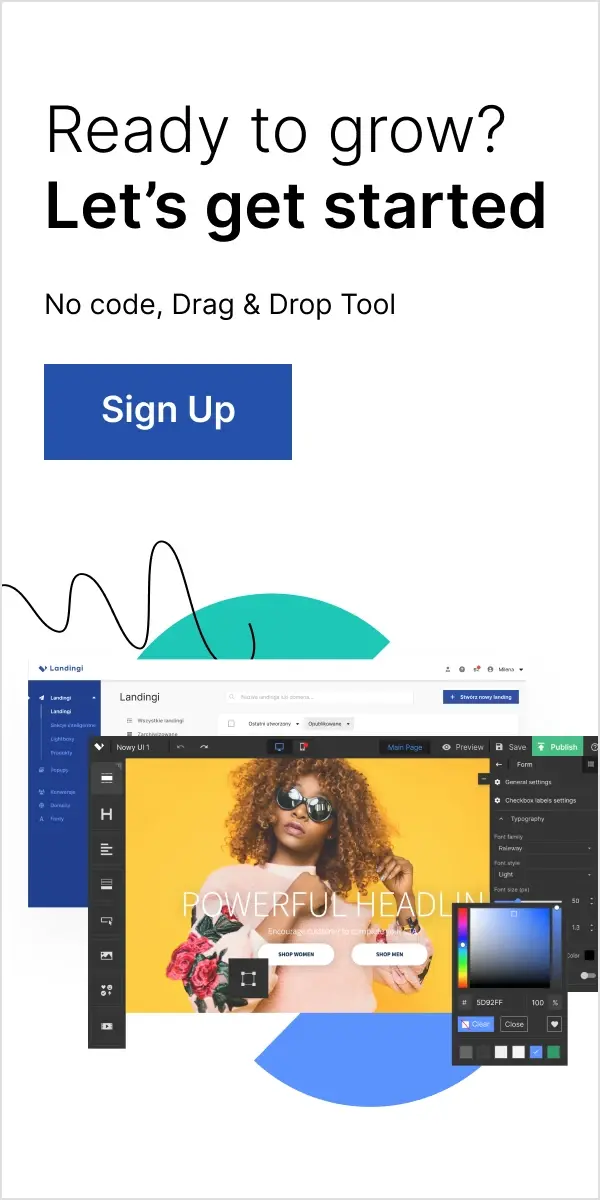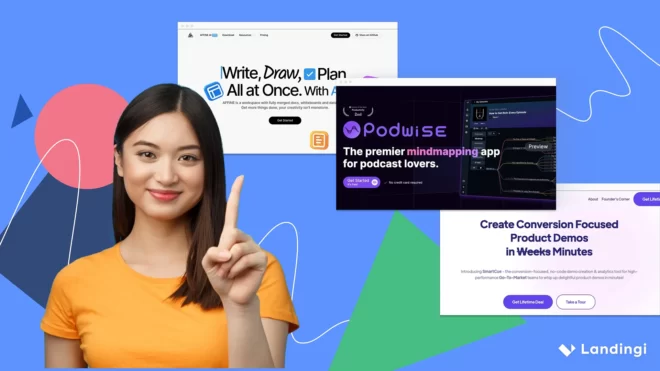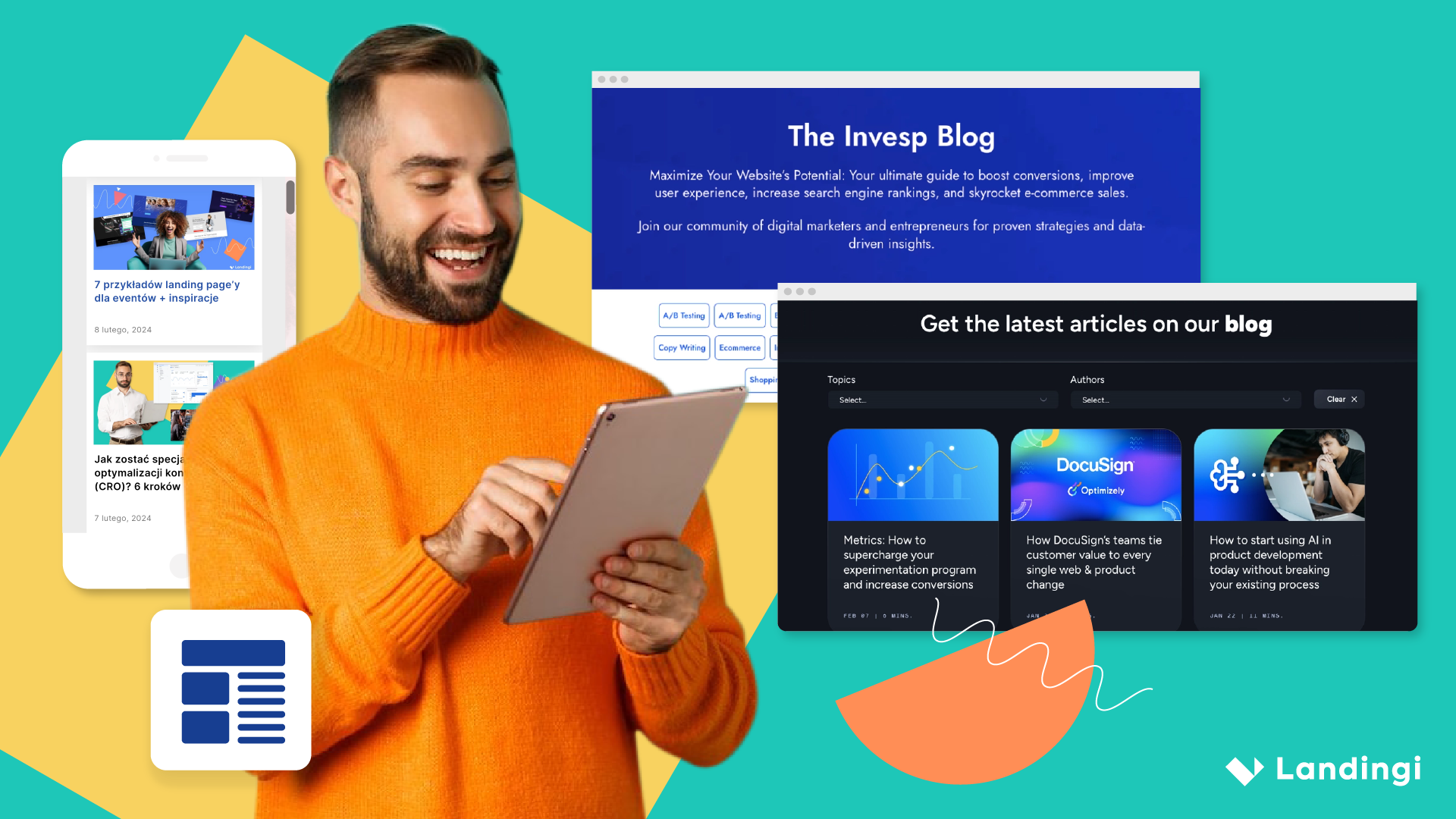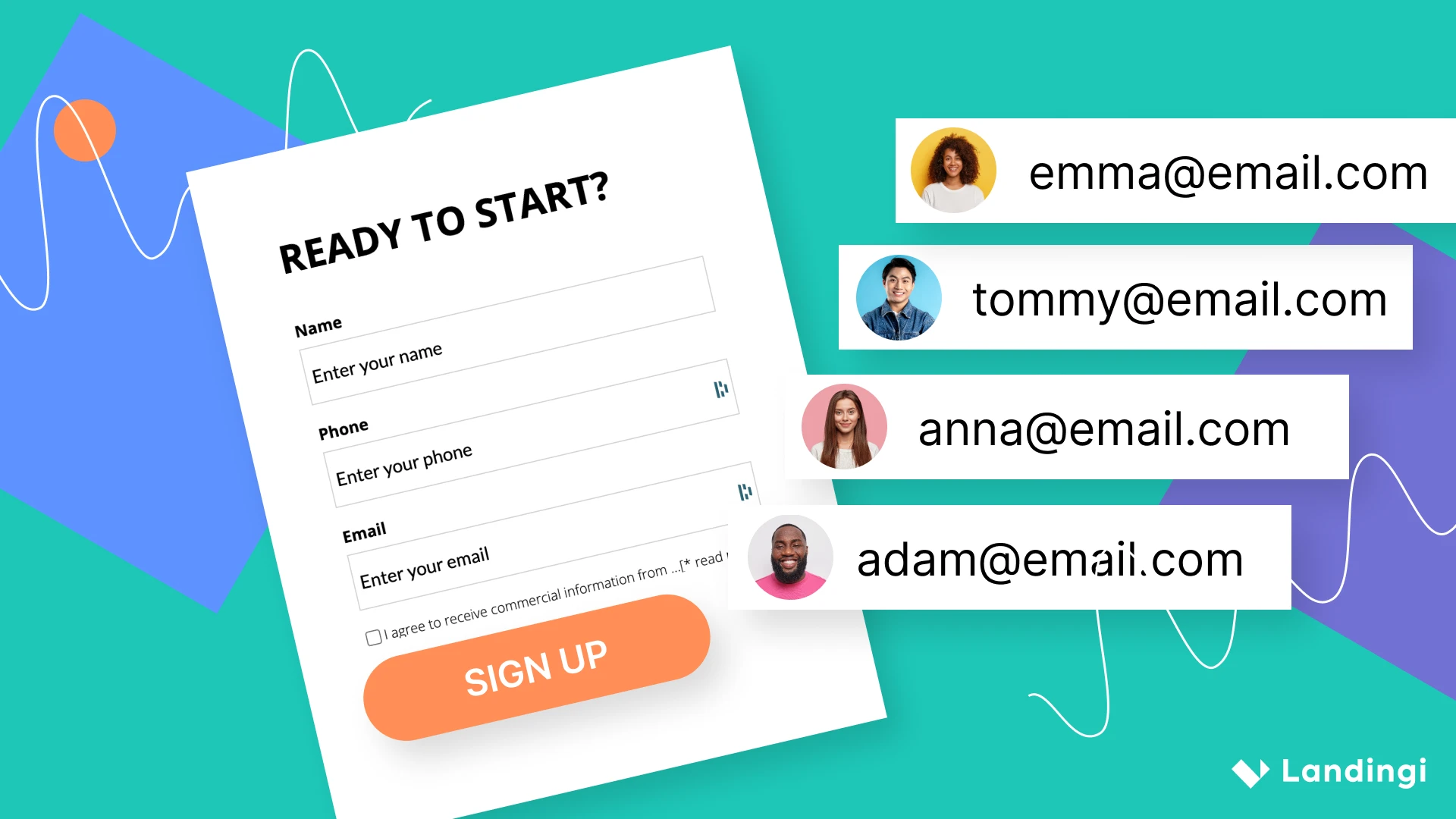As strange as it may seem, only 22% of companies are satisfied with their conversion rates and, across industries, an average conversion rate of a typical website is merely 2,35%.
Nevertheless, once you implement a proper conversion optimization process, you have a possibility to increase the conversion rate of your website or landing page (created with a professional landing page builder) up to 7% or even 12% – the score of the top websites.
1# Preparing the best version of your landing page
The quality of your landing page performance is dictated by numerous factors, one of which is whether your landing page is adjusted to every type of device, or not.
According to Statista, 52% of web traffic is mobile. Therefore, the tendency to focus exclusively on the desktop version may turn out harmful for your landing page performance.
Once you create your state-of-the-art landing page, make sure it looks stunning not only on desktops but also on mobile phones and tablets. The usage of mobile devices is on the upward trend, so you risk missing out loads of opportunities unless you take care of this aspect properly.
2# Running marketing campaigns
Marketing campaigns are the foundation of each and every business. They are the best way to reach your target audience, make them aware that your business exists and show the benefits it can enrich their lives with.
If you aim to reach the right people with the right marketing message, you need to use appropriate keywords and define your target audience accurately. Otherwise – you are bound to just burn the budget.
Another key aspect of every decent marketing campaign is the message match. In most simple words – it is a measure of how adequately your landing page copy matches the ad or link that drives visitors there.
Once your message match is strong, you are able to significantly boost conversions, as your visitors will be sure they are in the right place.
Hence, the cohesion of your marketing campaign and landing page is crucial. Otherwise, users may start to feel weirded out, and won’t convert into leads for your business.
3# Configuring analytical tools
Analytical tools are essential for everyone who wishes to keep an eye on the traffic and users’ behavior. They make it easier to optimize sites accordingly to their preferences and needs.
Google Analytics is the most popular player on the analytical tool market. The platform is under constant improvements, so you need to keep up with the latest changes to make the best out of all the features it offers.
First of all, you need to make sure that you have connected your Google Ads account to Google Analytics so that you can get valuable insights after running specific campaigns.
Secondly, you should configure UTM parameters for other marketing campaigns (for example, those on social media). UTMs assist you in gathering data about the performance of each campaign, and about the traffic it has brought to your sites.
4# Setting up objectives
Before you start the conversion rate optimization process, you need to set up objectives in order to measure the success (or failure) of it.
Besides tracking your conversions, you should also take notice of micro conversions. Conversions themselves indicate whether your marketing actions took the desired effect and whether you are closer to your predefined goal, or not. And micro conversions will allow you to improve your marketing campaigns, as you will find out how many users progress towards the desired action, and where they stop.
5# Segmenting data
During marketing campaigns, you collect a large amount of meaningful data that you should properly analyze to be able to make better business decisions. In order to facilitate the analysis, you should implement a proper data segmentation.
There are a number of possibilities when it comes to data segmentation. You should choose the one that will be most informative and easy to implement for you.
For example, you can create a segment in which you will analyse the mobile traffic only, and this will allow you to check the effectiveness of your actions on smartphone users.
6# Optimizing marketing campaigns

Creating powerful marketing campaigns is one thing (which obviously can already boost your conversions), but analyzing their performance and drawing conclusions out of them can significantly change your marketing game.
To take the best out of your marketing campaigns, you should not limit yourself to simply running them, but also optimize them. You should test various keywords, pitches, forms, and target audiences to check, which configuration generates the most valuable traffic.
7# Optimizing the landing page
Speaking of testing and optimizing, you should also try to optimize your landing page. It is impossible to create an impeccable landing page if you do it for the first time because only once real users start using it, you can verify what works, and what doesn’t.
Therefore, you should look into your landing page performance and test different landing page copies, designs, and Call To Actions (CTAs). In order to do this properly, you can make use of A/B testing, which will provide you with accurate insights, and help you indicate areas for improvement.
8# Optimizing the lead generation form
A lead generation form is another element for you to optimize. It is an integral part of every landing page, and its primary function is to collect leads. As trivial as it may sound, it should be created with utmost care.
Users of your landing page may either get suspicious or simply unwilling to fill out the form, if it is too demanding. Therefore, you should reflect on what information about your audience you truly need, and then devote a decent amount of time to optimize the form in order to get the data you need without breaching the privacy of visitors.
9# Adding pop ups
Pop ups don’t really bring nice memories to mind. They come out of nowhere, and their exit buttons are usually skillfully camouflaged with the background, which makes them difficult to find.
Nevertheless, studies prove that “some pop ups can convert up to 40% of your website visitors into subscribers and leads”. It makes pop ups an extremely effective tool for lead generation, but on one condition – they need to provide value for users.
Think of what to include in a given pop up to make it really interesting for a visitor, and how to encourage them to take the desired action. And by ‘action’, I mean signing up for a newsletter in exchange for something valuable like an ebook of high quality or a coupon.
10# Testing strategy
Last but not least – once you collect data from your conversion rate optimization process and manage to initialize conversions, you should test different bid strategies both in Google Ads and in other marketing platforms.
You should test the strategies based on the machine learning systems (most likely it would be CPA strategy). And you should always have in mind the rule of limited trust – the solution chosen by a machine may not be the most beneficial option.
